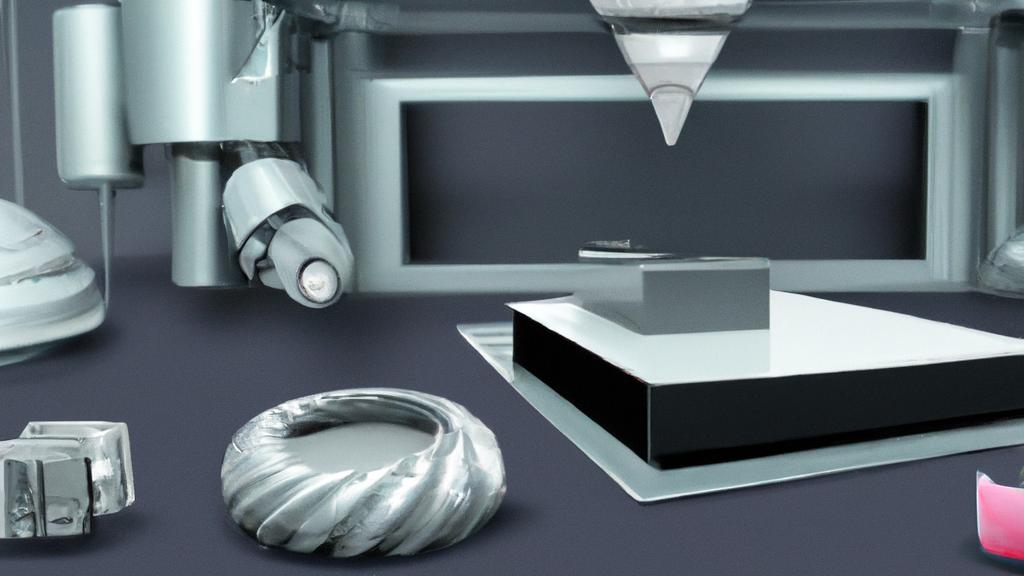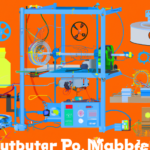
Introduction
When it comes to manufacturing, metal has always been a favorite material for its durability, strength, and heat resistance. However, traditional manufacturing processes for metal parts can be time-consuming, labor-intensive, and costly, especially for creating complex designs. Luckily, with the rise of 3D printing technology, metal upgrades have become much more accessible and cost-effective, bringing a revolutionizing impact on the manufacturing industry. In this article, we will discuss how 3D printing is transforming the manufacturing of metal parts and the possibilities it presents for the future of the industry.
Understanding 3D Printing in Manufacturing
3D printing is a process of creating three-dimensional objects from a digital file. This process involves building up the object layer by layer, which is why it is often referred to as additive manufacturing. In traditional manufacturing processes, including metal manufacturing, the process involves subtractive manufacturing, which means removing material from a larger block of material to create the desired shape. With 3D printing, manufacturers can create complex geometries and shapes that were not possible with traditional manufacturing techniques. Furthermore, 3D printing can significantly reduce lead times, tooling costs, and material waste, making it a cost-effective and efficient way to manufacture metal parts. Understanding the basics of 3D printing in manufacturing is key to recognizing its potential in revolutionizing metal manufacturing.
Advantages of 3D Printing Metal Upgrades
Advancements in 3D printing have brought a new level of possibilities to the manufacturing industry, including metal upgrades. With 3D printing, manufacturers can now create metal parts with unique geometries, internal structures, and optimized performance. Additionally, 3D printing allows manufacturers to use a wide range of high-performance metals, including stainless steel, titanium, aluminum, and more. The process also reduces waste and costs, making it a sustainable and cost-effective way to produce metal parts. In short, 3D printing brings a new level of flexibility and customization to the manufacturing of metal parts that traditional manufacturing cannot match.
Case Studies: Real-Life Examples of 3D Printing in Metal Manufacturing
Real-life case studies have demonstrated the significant impact 3D printing has had on the manufacturing industry, particularly when it comes to metal upgrades. For example, General Electric (GE) has used 3D printing to print complex metal fuel nozzles for its LEAP jet engine. The result? A lighter, more durable, and fuel-efficient nozzle produced 30% faster and with a 25% reduction in production costs. Similarly, Airbus has used 3D printing for metal brackets on its A350 XWB aircraft, leading to a reduction of 65% in weight and a 90% reduction in production costs. Other industries, including healthcare and transportation, have also benefited from 3D printing in metal upgrades, showcasing the technology’s vast potential for revolutionizing various manufacturing sectors.
Challenges and Future of 3D Printing in Metal Manufacturing
While 3D printing presents significant benefits to metal part manufacturing, there are still some challenges that the industry faces. The cost of 3D printing machines is still high, and the process can produce inconsistent quality parts, making it unsuitable for certain applications. Plus, the technology is still in the early stages of development, and there is a need for further research and development to perfect the process. Nonetheless, the future of 3D printing in metal upgrades appears promising. As costs reduce and advancements continue, the technology’s potential for customization and efficiency in manufacturing will inevitably drive widespread adoption in the industry.
Conclusion: The Promising Future of 3D Printing in Metal Manufacturing
In conclusion, 3D printing has proven to be a game-changer in the manufacturing of metal parts. The technology has transformed traditional manufacturing processes, making them more efficient, sustainable, and customizable. The ability to produce complex geometries and internal structures not possible with traditional methods of manufacturing is just one of the many advantages of 3D printing. The future of metal upgrades with 3D printing appears promising with more industries, including aerospace, automotive, and healthcare, embracing the technology. While challenges remain, the benefits of 3D printing in metal manufacturing outweigh the obstacles. In the coming years, 3D printing will likely become a ubiquitous technology in the manufacturing of metal parts with the potential to revolutionize manufacturing as we know it.







3 thoughts on “Metal Upgrades: How 3D Printing is Revolutionizing Manufacturing”